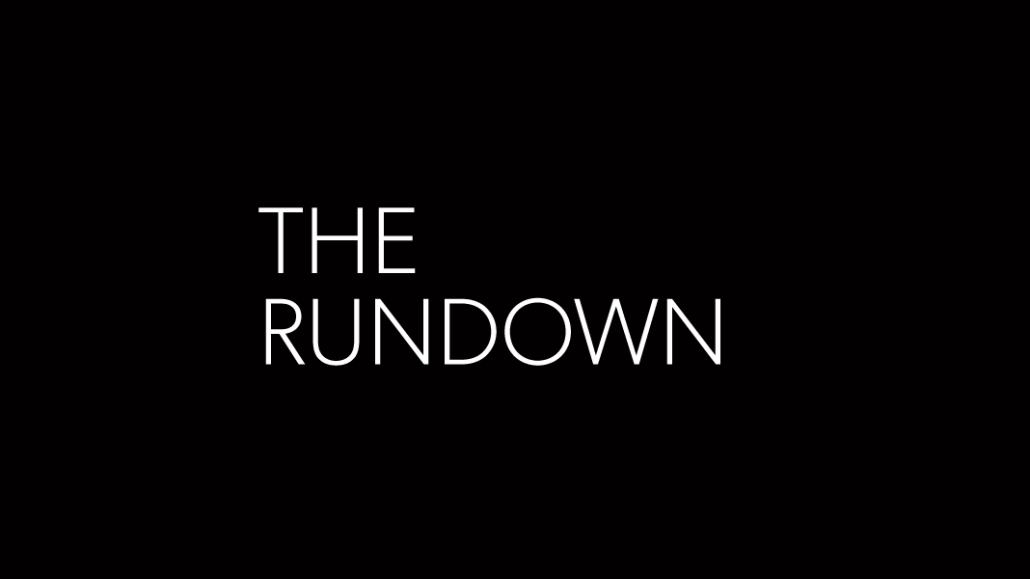
There’s an assault on “creative agencies” underway.
First, of course, is Martin Sorrell, who essentially told creative agencies they were worthless with the release of a prospectus last week for S4 Capital, his post-WPP agency play. Fresh off the $348 million acquisition of MediaMonks in July, the prospectus has plenty of interesting nuggets that provide some sense of how the ad titan perceives the industry.
Like its consultancy competition, S4 will operate under a singular profit and loss statement, which means it will offer services ranging from marketing to consulting to more in a method more akin to how Accenture or Deloitte works, rather than traditional holding companies.
It also will focus on acquisitions — and that’s where things get interesting. Sorrell is betting that owning companies that understand content, data, media planning and media buying is the way to success. The idea is to focus there, not on acquiring creative agencies and competitors mentioned include consultancies, but also production companies and agencies that focus on digital development, rather than advertising.
Obviously a great ad is a great ad; it’s hard to argue around that at a time when Nike’s Colin Kaepernick work seems poised to transcend advertising into becoming a cultural phenomenon. But the fact is that creative agencies have largely placed their bets on being executors of great creative ideas, instead of simply being the genesis of them. And they’ve done that while neglecting places they ought to have made an impact: In consulting for larger businesses problems, in being an agent and outside expert when it comes to consumer insights, and then maybe selling through simply a big idea that is a result of these things, not the entirety of them.
Ad position: web_incontent_pos1
This comes interestingly enough at a time where Sorrell’s own alma mater, whose new CEO Mark Read held an investor meeting hosted by Goldman Sachs that aims to simplify WPP’s own structure, highlighting creative agencies in the U.S. as the most troubled and challenged area within the group.
It’s no question that creative agencies and their worsening performance have contributed largely to how many problems holding companies have had recently. Sorrell’s plan seems to be to entirely step out of the business of making “great ideas” altogether, focusing instead on buying those ideas, deploying them and strategizing around them.
One top creative agency exec, speaking under anonymity, told me the same this week: “What I’ve had to do effectively is make sure everyone here, every single person, knows that their job isn’t to be some kind of design monkey,” he said. “I’m tired of the bombastic creativity that has marked so much of our business. I’d rather we were just better strategic people. That’s what clients want.”
Ad position: web_incontent_pos2
So even as creatives get up in arms about Sorrell effectively arguing that he doesn’t need creative agencies in order to build an agency communications group, they’re missing the point. Nobody said the creative department was dead — it’s very much alive. Great advertising is still something clients will pay for. But if that’s all you’re out selling in the market, without any understanding of the giant transformation these companies are going through in a fragmented market, you’re toast.
More in Marketing

In the marketing world, anime is following in the footsteps of gaming
As marketers look to take advantage of anime’s entry into the zeitgeist, they might be wise to observe the parallels between the evolution of anime as a marketing channel and the ways brands have learned to better leverage gaming in recent years.

With the introduction of video ads and e-commerce, Roblox looks to attain platform status
Roblox is expanding into more areas than just ads in 2024. Much like platforms such as Amazon and Facebook have transcended their origins to evolve from their origins as online marketplaces and social media channels, Roblox is in the midst of a transformation into a platform for all elements of users’ virtual lives.

PepsiCo wants to remain a ‘driver of culture’ as it turns to influencers and activations amid rebrand
The soda-maker says it can translate cultural relevance into sales volume.
Ad position: web_bfu